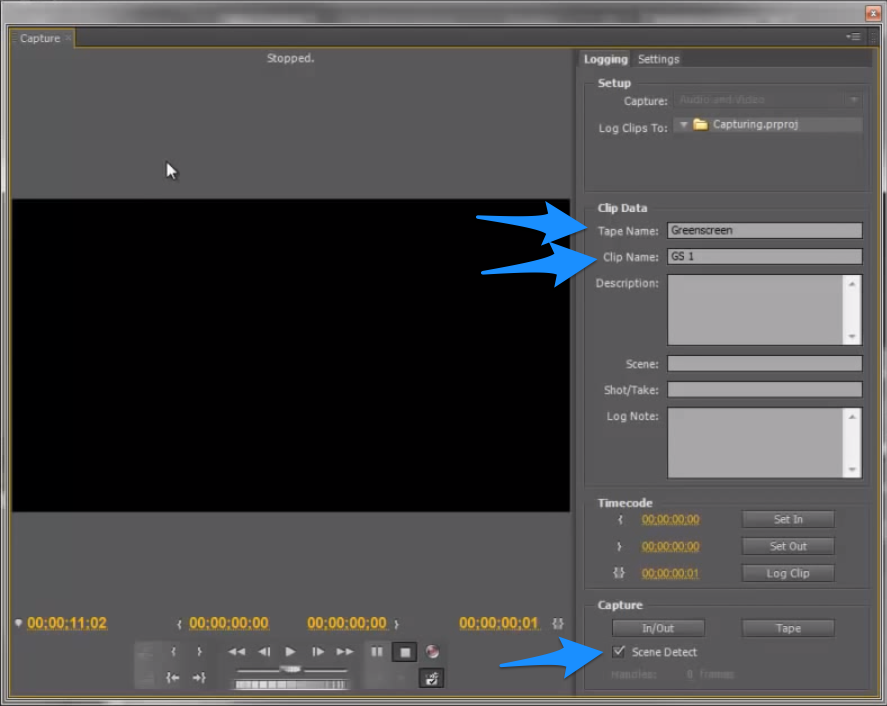Camera
If you're just starting and have no money to invest in a camera, borrow or rent until you can buy. Renting is expensive, though, as you'll probably pay $80-150 per day for a current DSLR model.
Suggested models: Canon 6D [full frame], Canon 70D [touchscreen autofocus], Panasonic GH3 [1080p at 60fps], Panasonic GH4 [4k], Nikon D610, Nikon D7100,
Your lenses and other gear (lighting, camera support, etc) will make your project look better, so don't blow your entire budget on the camera.
Note: As of April 2014, only a few DSLR cameras can shoot full 1080p at 60 frames per second. In the next 2-3 years, many more models will arrive to fill this feature gap. If you plan to do lots of slow-motion, best to get a camera that shoots full 1080p at 60 fps.
50mm lens
Even the cheaper, 50mm f/1.8 from Canon or Nikon is one of the fastest lenses you can buy for the money (less than $150). If you can pony up the extra dough for the 50mm f/1.4, you'll get better build quality, faster focusing, and a little more light into the camera. [$399 for Canon or $334 Nikon D/$430 for Nikon AF-S]
Tripod
Having a stable camera will make your shots better instantly, and will be required for any interviews and most indoor shoots. Panning and tilting with a video tripod can add a professional touch to the right shots.
External Mic
Onboard sound on DSLRs will leave you sorely disaappointed. It's critical to use an external mic to capture good sound. Good sound can set your video apart as professional when other people are recording poor sound.
External sound recorder
Even when using an external mic, bypassing the sound on board your DSLR has many, many benefits. External recorders will let you record at broadcast quality formats, let you adjust the input level during recording, allow multiple mics, and let you record ambient sound without shooting video.
Now that you have your basics covered, here's what you may need next for video production:
ND Filters
You can buy one variable ND filter, or buy a few filters. Neutral density filters will allow you to shoot get shots with shallow depth of field during bright sunlight. Without an ND filter on a sunny day, too much light will enter your camera and you'll be forced to stop your lens down to f/8-f/16 to get proper exposure.
Shoulder Mount
A must for extended outdoor shoots. Great for wedding videography, video journalism, and events. They're relatively inexpensive if you start with a basic model.
Viewfinder
Will enable you to shoot in bright daylight and actually see your LCD screen to check exposure and focus.
Onboard Monitor
When shooting for a commercial production, a monitor is a must to check focus and allow your creative team to help make decisions
Camera Stabilizer
Steadicam style shots can add an impressive look to your reels if you get things right.
Camera slider
Those sleek horizontal motion shots you see now in promotional videos and wedding videography are done with sliders. They can be expensive, but if you only need basic functionality, they are available for about $200.
Additional items to help with production
Reflector
A white reflector can help balance shadows during outdoor shoots or bring beautiful, natural light for your indoor shots.
Boom / Reflector / Light holder
A must have if you are a one or even two-man crew.
AC Adapter
Very helpful for indoor shoots so you don't have to worry about having too many batteries.
Helpful accessories
Batteries
Always carry at least one extra battery with you. Most professionals will have three or four batteries, depending on how many camera bodies they have.
What to rent until you can afford to buy:
Lights (or use poor man's utility lights)
Wireless lavalier mic
The model recommended to me retails for about $600.





